How to Start a Vegetable Garden: Tips and Techniques for Growing Your Own Veggies
Are you interested in growing your own vegetables but don’t know where to start? Starting a vegetable garden can seem overwhelming, but with the right tips and techniques, it can be a fun and rewarding experience.
Why Start a Vegetable Garden?
There are many reasons why you might want to start a vegetable garden. Growing your own vegetables can save you money, provide you with fresh and healthy produce, and help you reduce your carbon footprint. Additionally, gardening can be a relaxing and therapeutic activity that can improve your mental and physical health.
Getting Started
The first step in starting a vegetable garden is to choose a location. Look for an area in your yard that gets at least six hours of sunlight per day and has good soil drainage. Next, decide what vegetables you want to grow and plan your garden layout accordingly. You can start with easy-to-grow vegetables like tomatoes, peppers, and lettuce, or try something more challenging like eggplant or Brussels sprouts.
Tools and Techniques
Once you have your location and vegetables chosen, it’s time to gather your tools and learn some gardening techniques. You’ll need basic tools like a shovel, rake, and watering can, as well as some specialized tools like a hoe and pruning shears. You’ll also need to learn about soil preparation, watering, fertilizing, and pest control.
By following these tips and techniques, you can start a successful vegetable garden and enjoy fresh, healthy produce all season long.
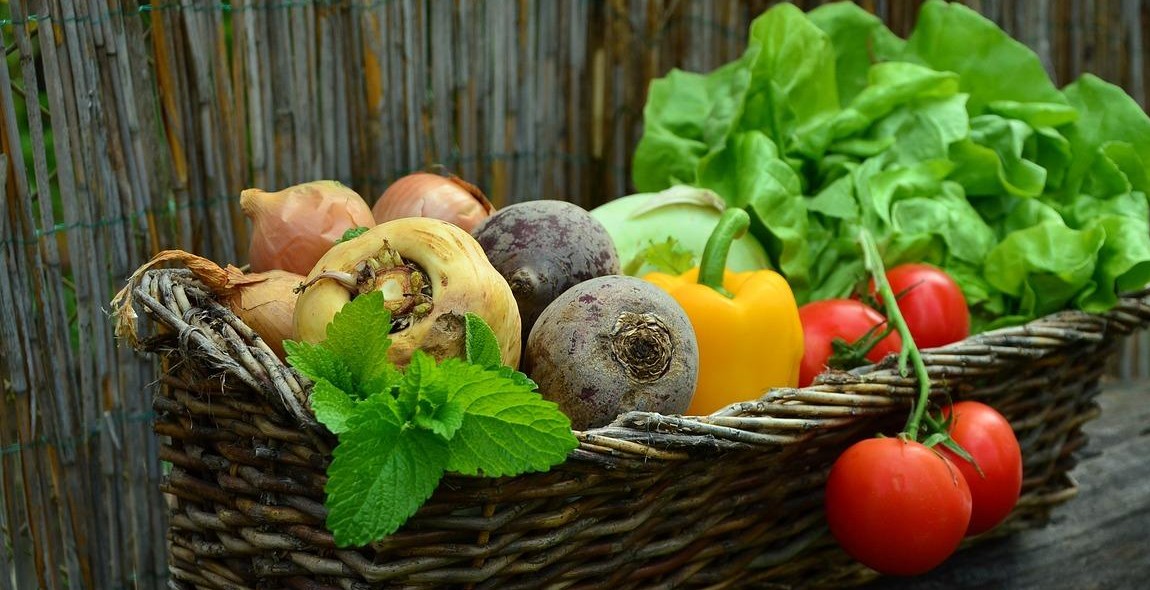
Benefits of Growing Your Own Vegetables
Starting a vegetable garden is not only a rewarding hobby but also has numerous benefits for your health and wellbeing. Here are some of the top advantages of growing your own vegetables:
Freshness and Taste
One of the most significant benefits of growing your own vegetables is the taste and freshness. When you grow your own vegetables, you have complete control over the growing process, from choosing the seeds to harvesting the produce. This means that you can pick your vegetables at the peak of ripeness, ensuring maximum flavor and nutrition.
In contrast, store-bought vegetables are often picked before they are fully ripe, which can affect the taste and nutritional value. Additionally, they may be transported long distances, which can further reduce their freshness and taste.
Health Benefits
Growing your own vegetables can also have a positive impact on your health. Firstly, it encourages you to eat more vegetables, which are packed with essential vitamins, minerals, and fiber that are vital for good health. Eating a diet rich in vegetables has been linked to a reduced risk of chronic diseases such as heart disease, diabetes, and certain types of cancer.
Furthermore, growing your own vegetables gives you complete control over what goes into the soil and onto your plants. You can choose to use organic and natural methods to fertilize and control pests, which can reduce your exposure to harmful chemicals and toxins.
| Health benefits of vegetables | Source |
|---|---|
| Reduced risk of heart disease | NCBI |
| Reduced risk of diabetes | NCBI |
| Reduced risk of certain types of cancer | National Cancer Institute |
In summary, growing your own vegetables can be a rewarding and beneficial experience. Not only do you get to enjoy fresh and delicious produce, but you also reap the health benefits of eating a diet rich in vegetables and reduce your exposure to harmful chemicals and toxins.
Choosing the Right Location for Your Vegetable Garden
One of the most important factors to consider when starting a vegetable garden is the location. The right location can mean the difference between a bountiful harvest and a disappointing one. Here are some key factors to consider when choosing the right location for your vegetable garden.
Sunlight
Most vegetables require at least six hours of direct sunlight per day to thrive. When choosing a location for your vegetable garden, look for an area that receives full sun throughout the day. Avoid areas that are shaded by trees or buildings, as this will limit the amount of sunlight your plants receive. If you have no choice but to plant in a shaded area, consider growing shade-tolerant vegetables such as lettuce, spinach, and kale.
Soil
The soil in your vegetable garden should be rich in nutrients and well-draining. Avoid areas with heavy clay soils or areas that are prone to flooding. If your soil is poor, consider amending it with compost or other organic materials to improve its fertility. You can also consider raised garden beds or container gardening to ensure that your plants have access to high-quality soil.
Water
Vegetables require consistent moisture to grow and thrive. When choosing a location for your vegetable garden, make sure that it is within reach of a water source. Avoid areas that are prone to flooding or have poor drainage, as this can lead to root rot and other issues. If you are using raised garden beds or containers, make sure they have adequate drainage to prevent water from pooling around the roots of your plants.
| Factors to Consider | Good Location | Bad Location |
|---|---|---|
| Sunlight | Full sun throughout the day | Shaded by trees or buildings |
| Soil | Rich in nutrients and well-draining | Heavy clay soils or prone to flooding |
| Water | Within reach of a water source | Prone to flooding or poor drainage |
By considering these factors when choosing the location for your vegetable garden, you can ensure that your plants have the best chance of growing and producing a bountiful harvest.
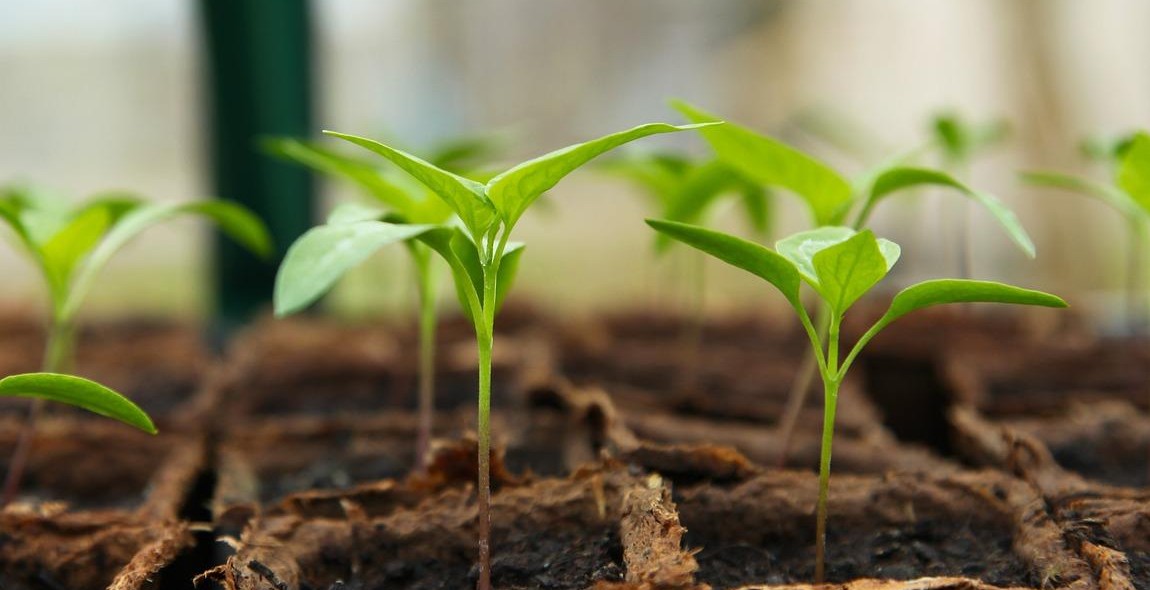
Deciding What to Grow
Starting a vegetable garden can be an exciting and rewarding experience. However, before you start digging and planting, it’s important to decide what you want to grow. Here are some tips to help you choose the right vegetables for your garden:
Consider Your Climate
One of the most important factors to consider when deciding what to grow in your vegetable garden is your climate. Different vegetables thrive in different environments, so it’s important to choose plants that will grow well in your area.
For example, if you live in a hot and humid climate, you might want to consider growing vegetables that can tolerate high temperatures and humidity, such as tomatoes, peppers, and okra. On the other hand, if you live in a cooler climate, you might want to focus on cold-hardy vegetables, such as broccoli, cauliflower, and kale.
Choose Vegetables You Enjoy
Another important factor to consider when deciding what to grow in your vegetable garden is your personal taste. After all, there’s no point in growing vegetables that you don’t enjoy eating!
Think about the vegetables you like to eat and try to grow those. If you’re not sure what you like, experiment with different varieties until you find ones you enjoy. You might also want to consider growing some vegetables that are expensive or hard to find at the grocery store.
Start Small
Finally, when starting a vegetable garden, it’s important to start small. Don’t try to grow too many vegetables at once, especially if you’re new to gardening. It’s better to start with a few plants and grow from there as you gain experience.
Consider the space you have available and choose a few vegetables that you can realistically manage. This will help you avoid becoming overwhelmed and ensure that you have a successful first season.
- Consider your climate when choosing vegetables to grow
- Choose vegetables you enjoy eating
- Start small and grow from there as you gain experience
By following these tips, you’ll be well on your way to a successful vegetable garden!
Preparing Your Garden Bed
Before you start planting your vegetables, it is important to prepare your garden bed. This will ensure that your plants have the best possible environment to grow in, and will help you achieve a bountiful harvest. Here are some steps to follow when preparing your garden bed:
Clear the Area
The first step in preparing your garden bed is to clear the area of any debris, weeds, or rocks. This is important because these items can interfere with the growth of your plants. You can use a hoe, rake, or shovel to remove any unwanted materials from the soil.
Add Compost
Once the area is cleared, it is time to add compost to your garden bed. Compost is a mixture of organic matter that will help to improve the quality of your soil. You can make your own compost by using kitchen scraps, yard waste, and other organic materials. Alternatively, you can purchase compost from a garden center or nursery. Spread a layer of compost over the soil, and use a rake to work it into the soil to a depth of about 6 inches.
Level the Soil
After adding compost, it is important to level the soil. This will ensure that your plants have a consistent growing environment. Use a rake to even out the soil, and remove any large clumps or rocks. You can also use a garden fork to loosen the soil to a depth of about 12 inches. This will help to improve soil aeration, drainage, and water retention.
By following these steps, you can create a healthy and productive garden bed that will provide your vegetables with the best possible growing conditions.
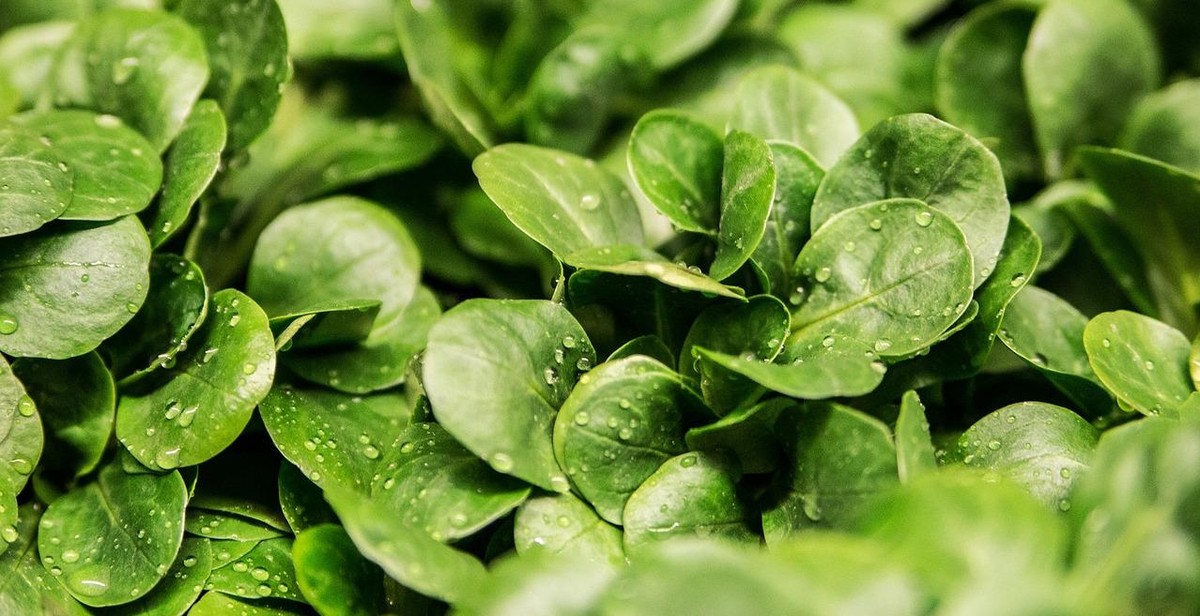
Planting Your Vegetables
Planting your vegetables can be done in two ways: by planting seeds or by planting seedlings. Each method has its own advantages and disadvantages, but both can be successful if done correctly.
Planting Seeds
Planting seeds is the most common and affordable way to start your vegetable garden. Here are some tips to help you plant your seeds successfully:
- Read the seed packet instructions carefully to determine the best time to plant and the depth to sow the seeds.
- Prepare the soil by removing any weeds, rocks, or debris and adding compost or fertilizer if needed.
- Make furrows in the soil according to the seed packet instructions and sow the seeds.
- Cover the seeds with soil and water gently.
- Label the rows to keep track of what you planted where.
It is important to keep the soil moist until the seeds germinate. Once the seedlings start to grow, thin them out according to the seed packet instructions to give them enough room to mature.
Planting Seedlings
Planting seedlings is a faster way to get your vegetable garden started, but it can be more expensive than planting seeds. Here are some tips to help you plant your seedlings successfully:
- Choose healthy seedlings from a reputable nursery or garden center.
- Prepare the soil by removing any weeds, rocks, or debris and adding compost or fertilizer if needed.
- Dig a hole in the soil according to the size of the seedling’s root ball.
- Place the seedling in the hole and cover the roots with soil.
- Water the seedling gently.
- Label the rows to keep track of what you planted where.
It is important to water your seedlings regularly until they establish themselves. Be careful not to overwater, as this can lead to root rot.
Spacing and Depth
Proper spacing and depth are crucial for the success of your vegetable garden. Here are some general guidelines:
| Vegetable | Spacing | Depth |
|---|---|---|
| Tomatoes | 2-3 feet apart | 1/4 inch deep |
| Carrots | 2-3 inches apart | 1/4 inch deep |
| Lettuce | 6-8 inches apart | 1/8 inch deep |
| Zucchini | 3-4 feet apart | 1 inch deep |
Be sure to adjust spacing and depth according to the specific instructions on the seed packet or for the seedlings you purchase.
Caring for Your Vegetable Garden
Starting a vegetable garden is a great achievement, but it is important to remember that it requires consistent care and attention. Here are some tips on how to properly care for your vegetable garden:
Watering
Watering your vegetable garden is essential for healthy growth and development. The amount and frequency of watering will depend on the type of plants you are growing and the weather conditions in your area. As a general rule, it is better to water deeply and less frequently than to water lightly and frequently.
One way to determine if your plants need water is to stick your finger about an inch into the soil. If it feels dry, it is time to water. It is also important to water early in the morning or in the evening to avoid evaporation during the hottest part of the day.
Fertilizing
Fertilizing your vegetable garden is important for providing the necessary nutrients for growth and production. There are many types of fertilizer available, including organic and synthetic options.
Organic fertilizers, such as compost or manure, are a great choice for those who want to avoid chemicals in their garden. Synthetic fertilizers, on the other hand, can provide a quick boost of nutrients but can also harm beneficial microorganisms in the soil over time.
It is important to follow the instructions on the fertilizer package and not to over-fertilize, as this can lead to nutrient burn and damage to your plants.
Weeding
Weeding your vegetable garden is important for maintaining the health and productivity of your plants. Weeds can compete with your plants for nutrients and water, and can also provide a home for pests and diseases.
One way to prevent weeds from taking over your garden is to mulch around your plants. This will help to suppress weed growth and also retain moisture in the soil.
If you do have weeds in your garden, it is important to remove them as soon as possible. Hand-pulling or using a hoe are both effective methods for removing weeds.
| Task | Frequency |
|---|---|
| Watering | Deeply and less frequently |
| Fertilizing | Follow instructions on package, do not over-fertilize |
| Weeding | As soon as possible, hand-pulling or using a hoe |
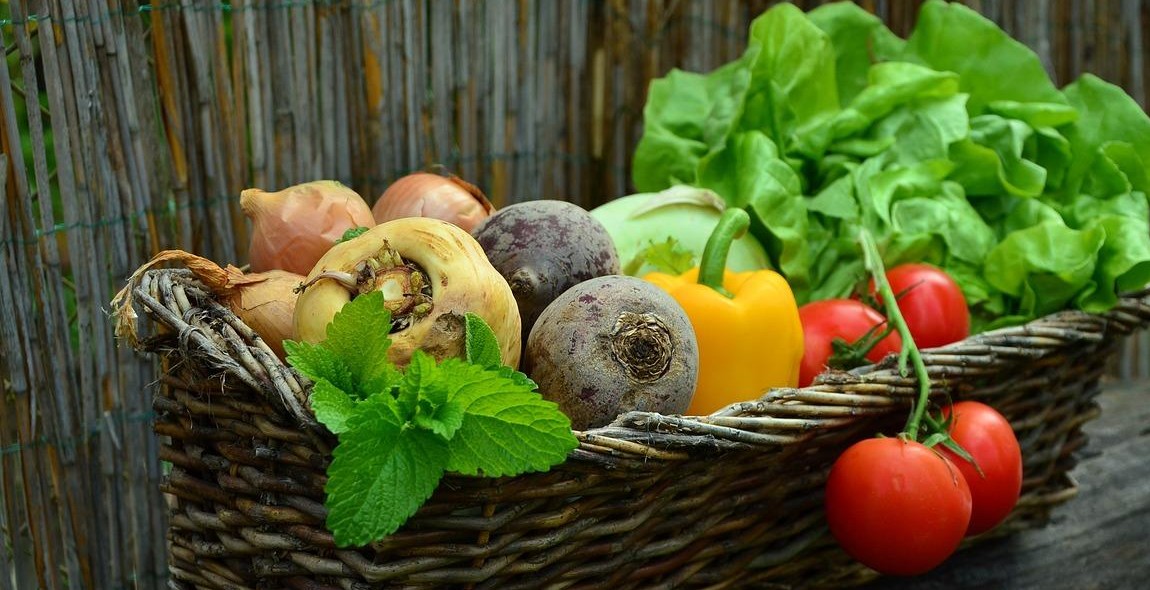
Harvesting Your Vegetables
One of the most rewarding parts of having a vegetable garden is harvesting your own fresh produce. But knowing when to harvest and how to do it properly can be tricky. Here are some tips and techniques to help you get the most out of your garden:
Knowing When to Harvest
Harvesting your vegetables at the right time is crucial for getting the best flavor and nutrition. Here are some general guidelines for when to harvest some common vegetables:
| Vegetable | Harvest Time |
|---|---|
| Tomatoes | When they are fully colored and slightly soft to the touch |
| Peppers | When they reach their mature color and are firm to the touch |
| Cucumbers | When they are firm and have a bright green color |
| Zucchini | When they are about 6-8 inches long and the skin is firm |
| Carrots | When they are about an inch in diameter and the tops are about 6 inches tall |
Always check your vegetables regularly for ripeness and harvest them as soon as they are ready to prevent over-ripening or spoilage.
Harvesting Techniques
Once you know when to harvest your vegetables, it’s important to do it properly to avoid damaging the plant or the produce. Here are some tips for common harvesting techniques:
- Hand-picking: This is the most common method for harvesting vegetables like tomatoes, peppers, and cucumbers. Simply grasp the fruit gently and twist it until it comes off the plant.
- Cutting: Vegetables like broccoli, cauliflower, and cabbage should be cut with a sharp knife just below the head when they are fully formed.
- Pulling: Root vegetables like carrots and beets should be gently pulled from the soil by the tops, taking care not to damage the roots.
After harvesting, be sure to store your vegetables properly to maintain their freshness and flavor. Most vegetables can be stored in the refrigerator for several days, and some can be frozen or canned for longer-term storage.
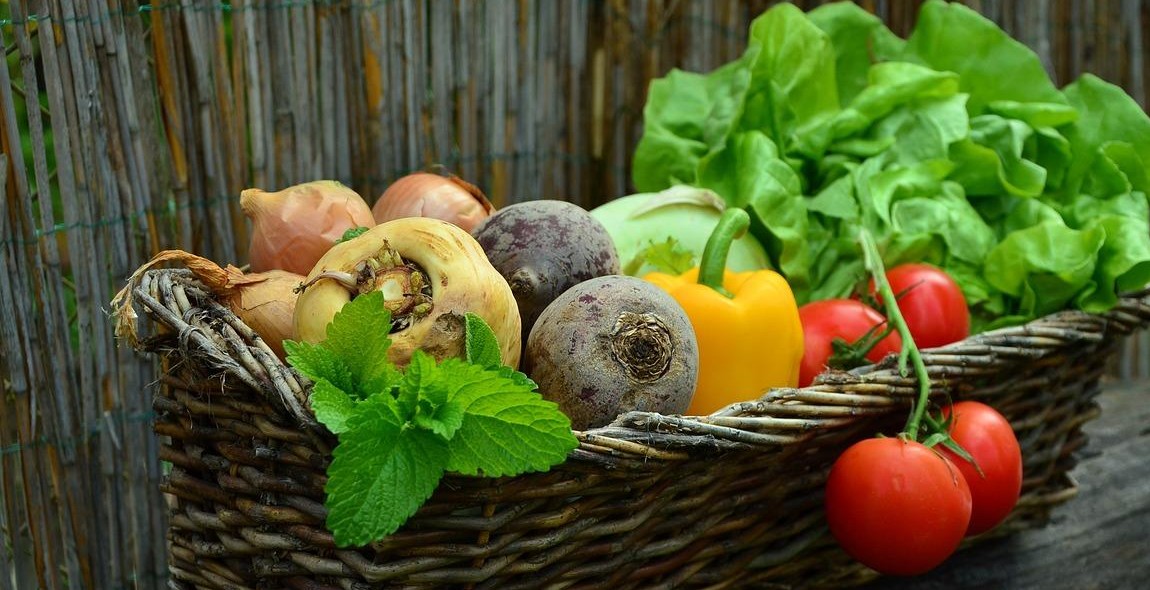
Conclusion
Starting a vegetable garden is a fulfilling and rewarding experience. With the right techniques and tools, you can grow your own fresh and healthy vegetables right in your backyard. Remember, it takes time, patience, and effort to create a successful garden. But the results are worth it.
Recap of Tips and Techniques
- Choose the right location and prepare the soil properly
- Select the vegetables that are suitable for your climate and season
- Use proper planting techniques to ensure healthy growth
- Provide adequate water, sunlight, and nutrients to your plants
- Control pests and diseases with natural methods and organic products
- Harvest your vegetables at the right time to ensure the best flavor and quality
Benefits of Starting a Vegetable Garden
Aside from the obvious benefit of having fresh and healthy vegetables, starting a vegetable garden has many other advantages. It can be a great way to save money on groceries, reduce your carbon footprint, and promote a healthier lifestyle for you and your family. Gardening can also be a stress-relieving and enjoyable hobby that connects you with nature.
So what are you waiting for? Start your vegetable garden today and enjoy the many benefits that come with it!
| Tip | Technique | Benefit |
|---|---|---|
| Choose the right location | Prepare the soil properly | Save money on groceries |
| Select suitable vegetables | Use proper planting techniques | Reduce your carbon footprint |
| Provide water, sunlight, and nutrients | Control pests and diseases | Promote a healthier lifestyle |
| Harvest at the right time | Enjoy a stress-relieving hobby |
